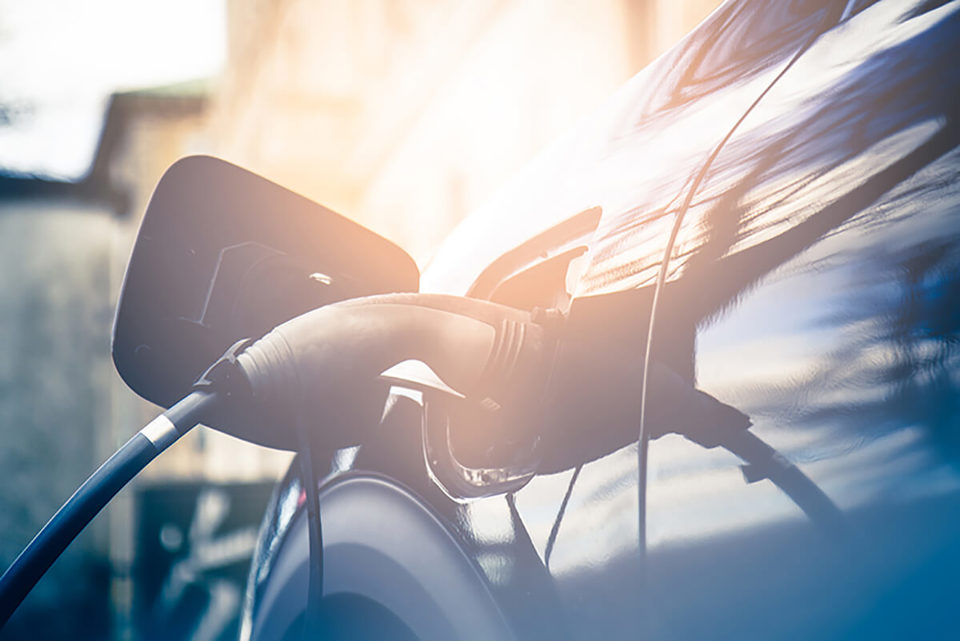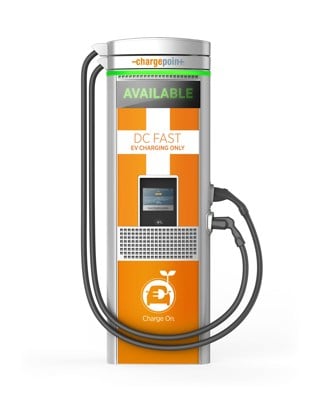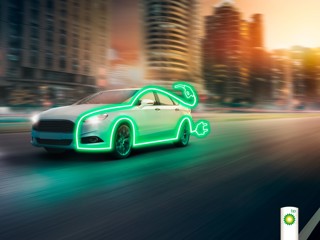The UK will need 28,000 public charging points in order to service an estimated 7 million electric vehicles (EVs) in circulation by 2030, according to new analysis from Deloitte.
The research suggests delivering this infrastructure will cost some £1.6 billion between 2020 and 2030.
With 13,500 points in the UK currently, according to other market data, that is around half the required number - most of which are likely to be replaced due to technological improvements in the next ten years, it said.
Mark Lillie, power and utilities leader at Deloitte, said: “A shortage of public charging points will seriously hamper the adoption of electric vehicles. Yet only a continued uptake of EVs will provide the confidence to invest in, and develop, a charging infrastructure - a classic ‘chicken and egg’ scenario.
“However, the Government has set ambitious targets for 2030 through its Industrial Strategy Grand Challenges, for EVs to make up 60% of all new car sales and 30% of the total number of vehicles sold.”
At today’s volumes that would equate to 1.4 million units sold per year and a total of 11.5 million EVs in circulation.
Lillie continued: “At present the EV charging industry is not profitable and it could take until 2023 when EVs make up at least 5% of vehicles in circulation that it becomes so. Therefore companies looking to capitalise on this prospective boom will have to get into the market now but be prepared to wait for their returns.”
The analysis from Deloitte divides the EV charging market into four segments. ‘Home charging’ and ‘fleet charging’ (for fleets of public transport vehicles or taxis) are two options for private charging.
The two public propositions are ‘around town’, offered as an amenity to attract footfall, and ’en route’, akin to the petrol stations of today.
Duncan Barnes from Deloitte Digital, added: “The viability of this market centres around the availability of public charging points. While the most popular places for charging vehicles are currently at home or work, this could change in the future as ‘range anxiety’ – how far you can drive in a single charge - is addressed by an increased network of public points.”
Deloitte’s analysis notes that AC charging is currently the dominant technology, making up close to 90% of public chargers in the EU and 83% in the UK. This is likely to remain the case in the short to medium-term. However, DC chargers, which offer much faster charging speeds, are growing above the overall average rate for public chargers, it said.
Barnes concluded: “The market will have to decide between these two types of charging. Broadly speaking slow chargers that work with existing voltage and amperage but take time to power a vehicle fully, versus fast chargers that require a much larger amount of power.
“While DC fast-charging points may cost more up front to set up, the faster speed allows operators to charge a premium over the retail electricity price, and this could be the one to watch.”
To read the Deloitte research, click here.























Login to comment
Comments
No comments have been made yet.